Did you know that a good mattress forms the founding block of good sleep? Various factors, such as health issues and room temperature can influence your sleep. But the role of a good mattress in having a good sleep cannot be overemphasized.
You probably have heard about a latex mattress while shopping for a mattress, how it can improve your sleep’s health and how comfy it is. But have you thought about what a latex mattress is made from? Is it really good for your health as you were told? Are you even aware of latex mattress allergies?
Don’t worry. This guide is made to enlighten you about latex mattresses while providing answers to your questions.
A latex mattress is made from latex, after being converted into a foam. It serves different functions from cooling to body contouring. It is applauded as one of the best mattress types. This is due to the sleep issues it solves for sleepers who have used other mattress materials.
A latex mattress is naturally elastic. This elasticity enhances its body contouring feature irrespective of the sleeping position. Hence, the spine is kept in its natural position, blood circulation is ensured and excessive pressure is reduced from pressure points.
There are many reasons why you should go for a latex mattress. It does not only provide a comfortable sleep but it is also;
With many options of latex mattresses to choose from, we have picked the top 7 based on product research and analysis as well as customer experience.
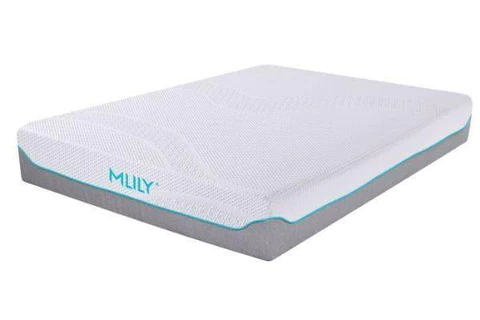
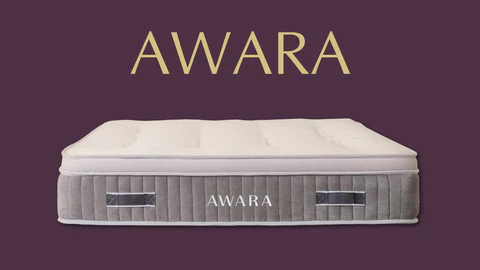
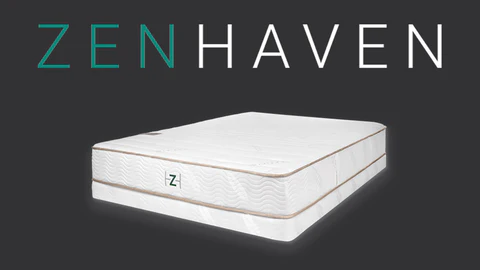
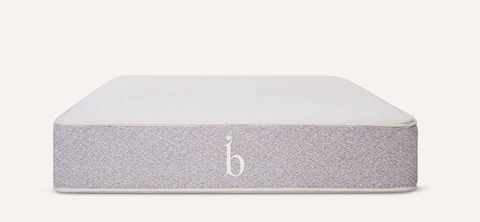
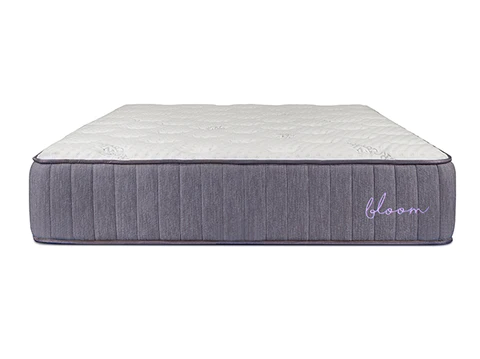

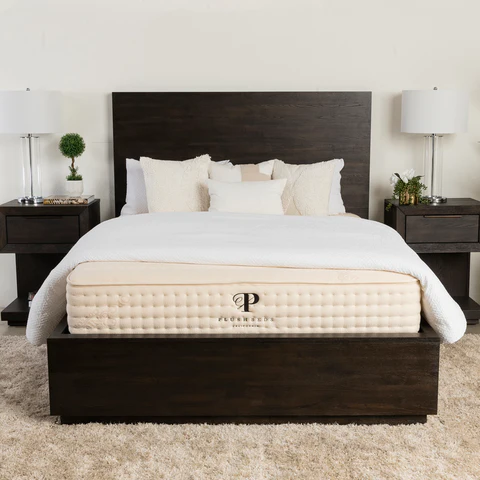
You probably have heard of memory foam. The manner in which it is produced is different from that of latex foam. Differences exist between the two foam types.
Materials: Latex foam is produced from a natural material while memory foam is produced synthetically from polyurethane.
Eco-Friendly: Latex being a natural product makes latex foams more eco-friendly than memory foam.
Bounce: When subjected to pressure, latex foam is more responsive and returns back to its original shape much quicker than memory foam.
Body Contouring: Memory foam conforms well to the body. However, it makes use of body heat to soften and conform to your body shape. Instead, latex responds to your weight and does not need your body heat to conform to your body shape.
Off-gassing: Off-gassing is when trapped chemicals are released from its confine (such as foam) in vapour form. Off-gassing is another advantage of latex over memory foam. Sleepers sensitive to odours might consider latex as a great option.
Latex is a milky fluid or sap that seeps out when the plant is cut. Natural latex comes from the sap of the rubber tree, Hevea brasiliensis, while synthetic latex is made from styrene. 100% pure natural latex or a blend with synthetic can be used to create foam.
Latex goes through the process of vulcanization in order to convert it to foam. It thickens on exposure to air. During vulcanization, it is exposed to heating which makes it durable and also gets rid of the stickiness.
At times, natural fillings are combined with latex mattresses to create a perfect natural mattress.
Latex can be converted into foam through two methods.
The first step in the Dunlop process is to tap liquid latex from rubber trees. The obtained material is then frothed and mixed. The more the latex is frothed, the softer the latex will be. After that, it is completely poured into sealed moulds and heated in a hot oven to produce a finished foam slab. The produced material is then cleaned.
Bubbles generated during mixing are not connected, this creates a firm and responsive feel when pressure is applied to the foam. Also, any moisture trapped within the material is released during the heating process.
The benefit of this method is that it results in the production of a large continual piece. This leads to some materials settling at the bottom of the mould. As a result, foam made through the Dunlop method is firmer along the bottom and softer towards the top of the mattress. This mix of firmness improves the comfort and pressure relief of the material.Talalay
Talalay method differs from Dunlop in just a few extra steps. Unlike the Dunlop, latex is partially poured into the mould. This allows for the expansion of the latex into complete foam using a vacuum.
This leads to the foam having a configuration with an open-cell structure and small pathways. This allows for the breathability, comfortability and cooling effect of the finished product.
The latex is flash-frozen which ensures the stability of the air channels of the foam. Talalay method creates a less dense foam which has a consistent feel from top to bottom. It also results in a bouncy foam which has a cooling effect and responds well to pressure. The foam re-forms rapidly once the pressure is removed.
Dunlop is less resilient and responsive than Talalay. Moisture and heat circulate easily through a Talalay product and it has a softer feel. While Dunlop is a little firmer. To choose the best for you, you need to have a feel of the two.
However, both types are combined in a single mattress to create different levels of firmness. Both can be synthetically or naturally produced and they are durable.
Closed-cell and Open cell vulcanization are the two ways to vulcanize latex. Proteins are washed away during the open cell vulcanization, while closed-cell leaves the protein intact. These proteins are the causes of allergies.
There are several allergies. But the primary types are
This is a mild latex allergy and it is seen as skin rashes that blister and ooze. It takes minutes to several hours before an individual exposed to latex manifests the symptoms.
Similar symptoms are manifested if latex particles are inhaled. However, healing of this condition is expected between 14 to 28 days.
This a more serious kind of latex allergy. It can lead to fatalities, although it is extremely rare. In reaction to the allergy, there is an increased immune response by the body and this fills the body with chemicals. An affected individual might experience difficulty breathing and fall in blood pressure which causes shock.
Signs and symptoms of latex allergy include;
To ascertain if you have this allergy, it is advised you see an allergist.
Recent Articles
Subscribe To Our Weekly Newsletter